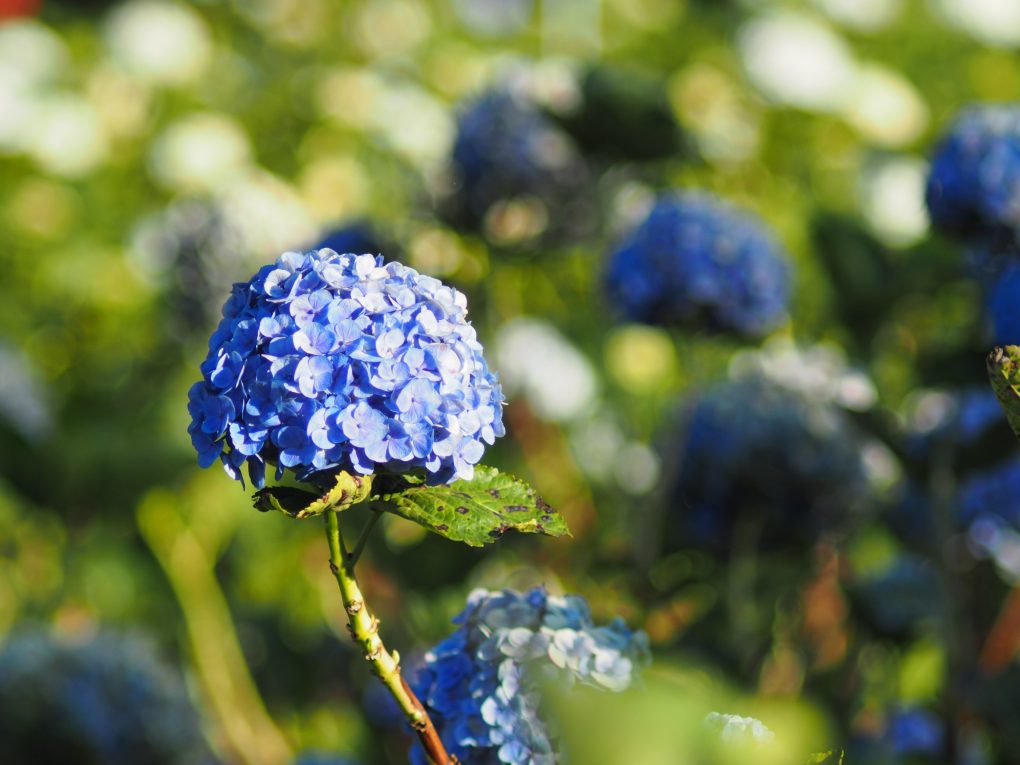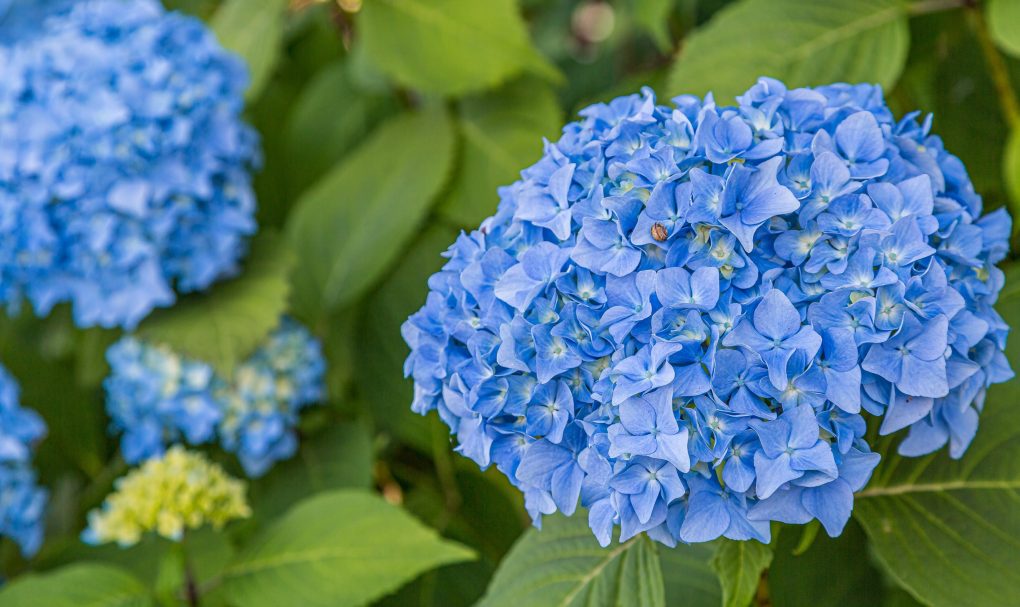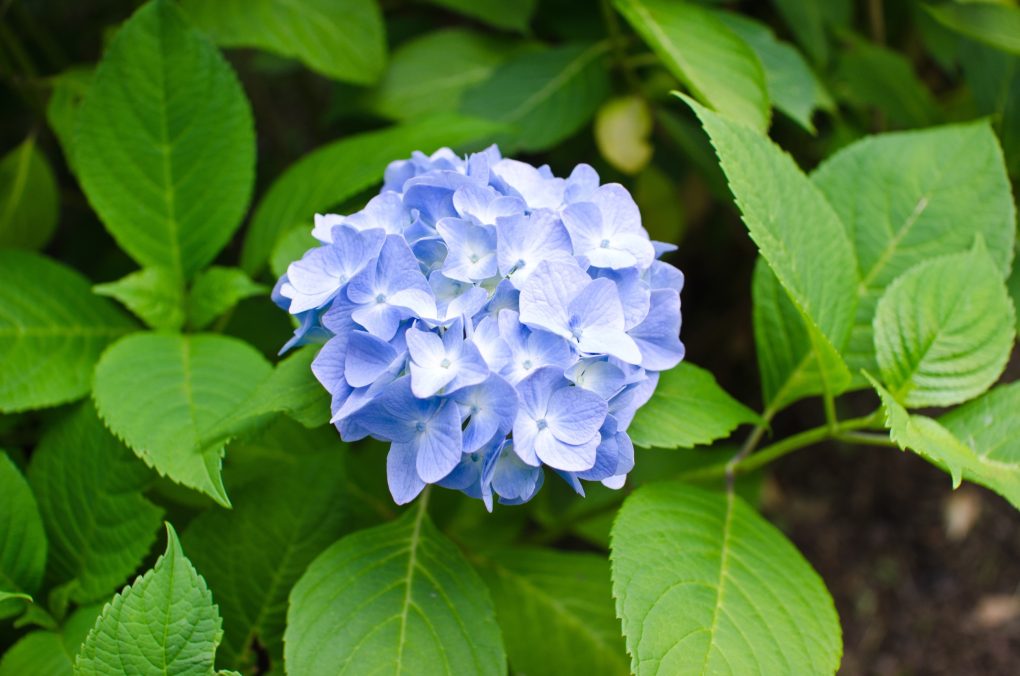When Do Hydrangea Buds Appear: Understanding the Growth Cycle
When it comes to growing hydrangeas, one of the most important things to understand is when the buds will appear. This is because the timing of the buds will determine when the plant will bloom and what type of blooms it will produce. Several factors can affect when hydrangea buds will appear, including the type of hydrangea, the climate, and the growing conditions.

For most hydrangeas, the buds will appear in the late summer or early fall, usually around August or September. These buds will then remain dormant throughout the winter months and begin to grow in the spring, usually around April or May. However, the timing of the buds can vary depending on the type of hydrangea. For example, some hydrangeas, such as the panicle hydrangea, will produce buds in the spring and bloom in the summer, while others, such as the bigleaf hydrangea, will produce buds in the fall and bloom in the spring.
Table of Contents
Understanding Hydrangea Buds
Hydrangea plants produce beautiful blooms in shades of pink, blue, purple, or white. Understanding the different types of hydrangea buds and the factors affecting their appearance can help gardeners properly care for their plants and ensure a bountiful bloom.

Types of Hydrangea Buds
There are two main types of hydrangea buds: old wood buds and new wood buds. Old wood buds are produced at the end of the previous season and bloom during the following season. These buds are usually found on hydrangea varieties that bloom on old wood, such as mophead and lacecap hydrangeas.
On the other hand, new wood buds are produced during the current season and bloom during the same season. These buds are found on hydrangea varieties that bloom on new wood, such as smooth hydrangeas and panicle hydrangeas.
Factors Affecting Hydrangea Bud Appearance
Several factors can affect when hydrangea buds appear. The most important factors include:
- Climate: Hydrangeas grow best in temperate climates with cool nights and warm days, but in warmer climates, hydrangeas may bloom earlier or later than usual.
- Soil acidity: The soil’s pH level can affect the color of hydrangea blooms. Acidic soil produces blue blooms, while alkaline soil produces pink blooms.
- Pruning: Improper pruning can damage and prevent old wood buds from blooming. Gardeners should prune their hydrangeas carefully and at the right time of year to avoid damaging the buds.
- Fertilizer: Hydrangeas need the right balance of nutrients to produce healthy buds. Gardeners should use a fertilizer specifically formulated for hydrangeas and follow the manufacturer’s instructions carefully.
By understanding the different types of hydrangea buds and the factors affecting their appearance, gardeners can ensure that their plants produce beautiful blooms year after year.
When Do Hydrangea Buds Appear?
Hydrangeas are beautiful flowering shrubs that come in various colors and bloom times. One of the most important things to know about hydrangeas is when their buds appear, as this will determine when they will bloom.

Early Bloomers
Some hydrangeas are early bloomers, meaning their buds will appear in the previous year’s late summer or early fall. These hydrangeas bloom on old wood, meaning the buds must survive the winter to produce flowers in the spring. Examples of early blooming hydrangeas include the bigleaf hydrangea (Hydrangea macrophylla) and the oakleaf hydrangea (Hydrangea quercifolia).
Mid-Season Bloomers
Other hydrangeas are mid-season bloomers, meaning that their buds will appear in the spring of the current year. These hydrangeas bloom on new wood, meaning they can be pruned in the fall or winter without affecting their blooming. Examples of mid-season blooming hydrangeas include the panicle hydrangea (Hydrangea paniculata) and the smooth hydrangea (Hydrangea arborescens).
Late Bloomers
Some hydrangeas are late bloomers, meaning their buds will appear in the current year’s summer. These hydrangeas also bloom on new wood, meaning they can be pruned in the fall or winter without affecting their blooming. Examples of late-blooming hydrangeas include the mountain hydrangea (Hydrangea serrata) and the climbing hydrangea (Hydrangea anomala petiolaris).
In summary, the timing of hydrangea buds appearing depends on the type of hydrangea. Early bloomers produce buds in the late summer or early fall of the previous year, mid-season bloomers produce buds in the spring of the current year, and late bloomers produce buds in the current year’s summer. Knowing when your hydrangeas will bloom can help you plan your garden and ensure that you can enjoy their beautiful flowers to the fullest.
